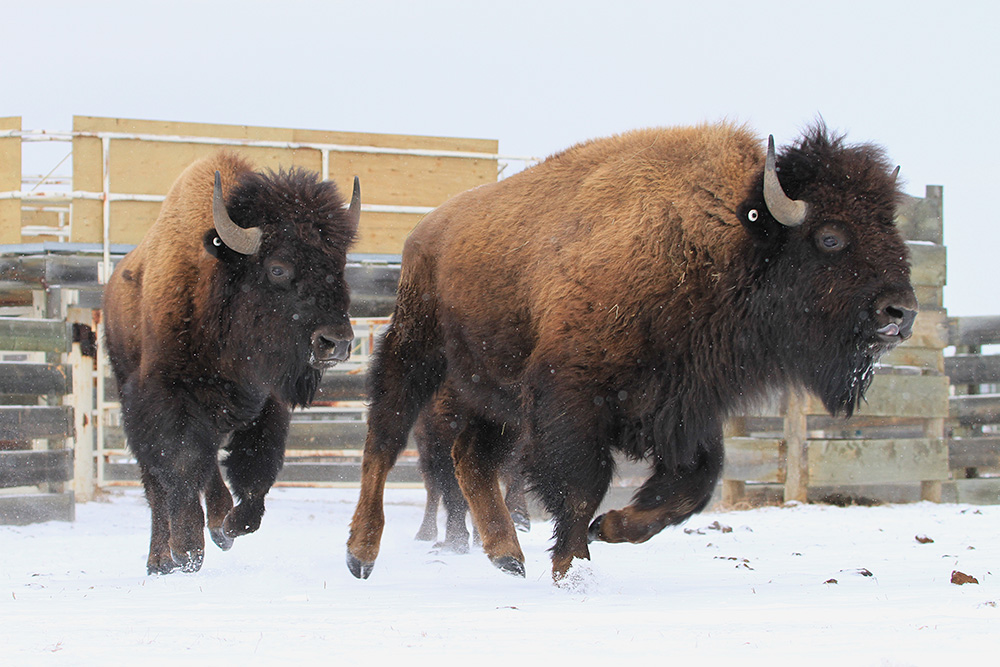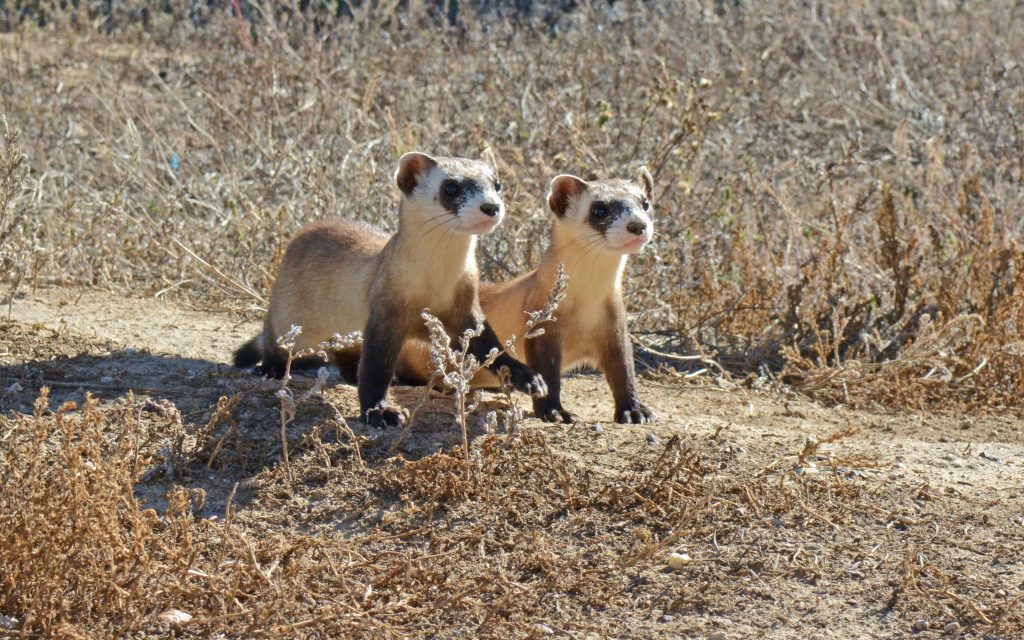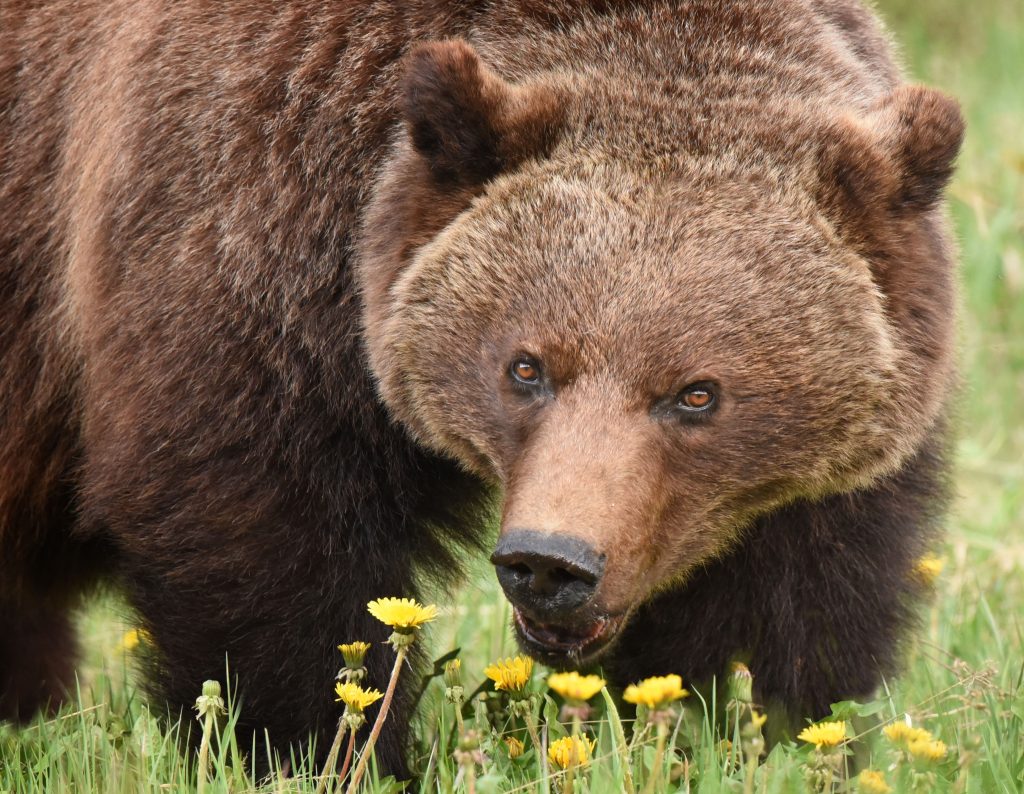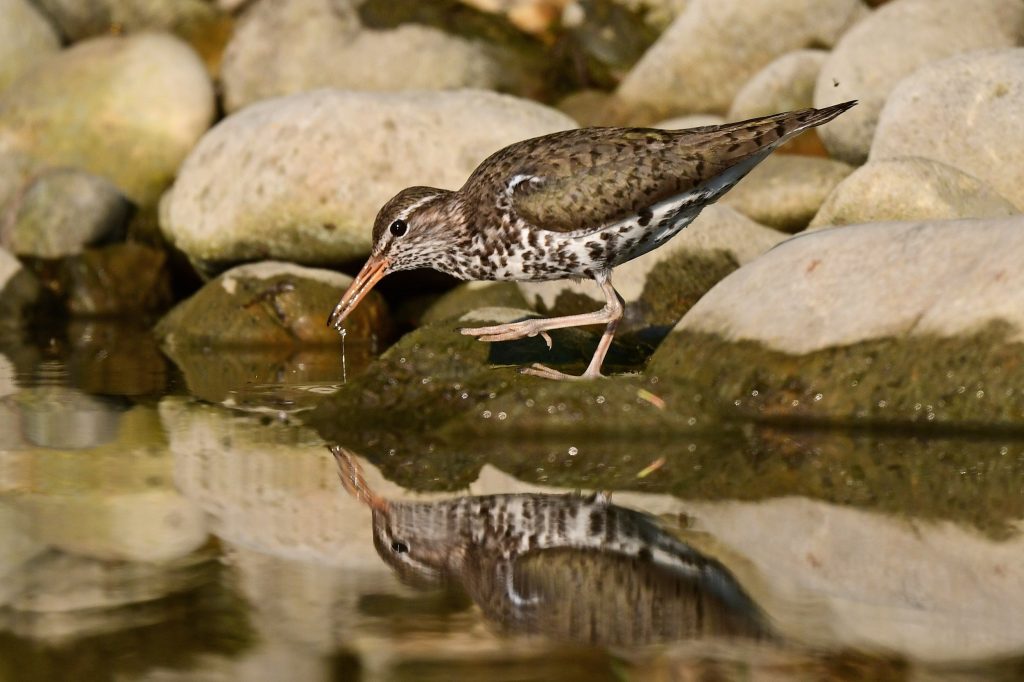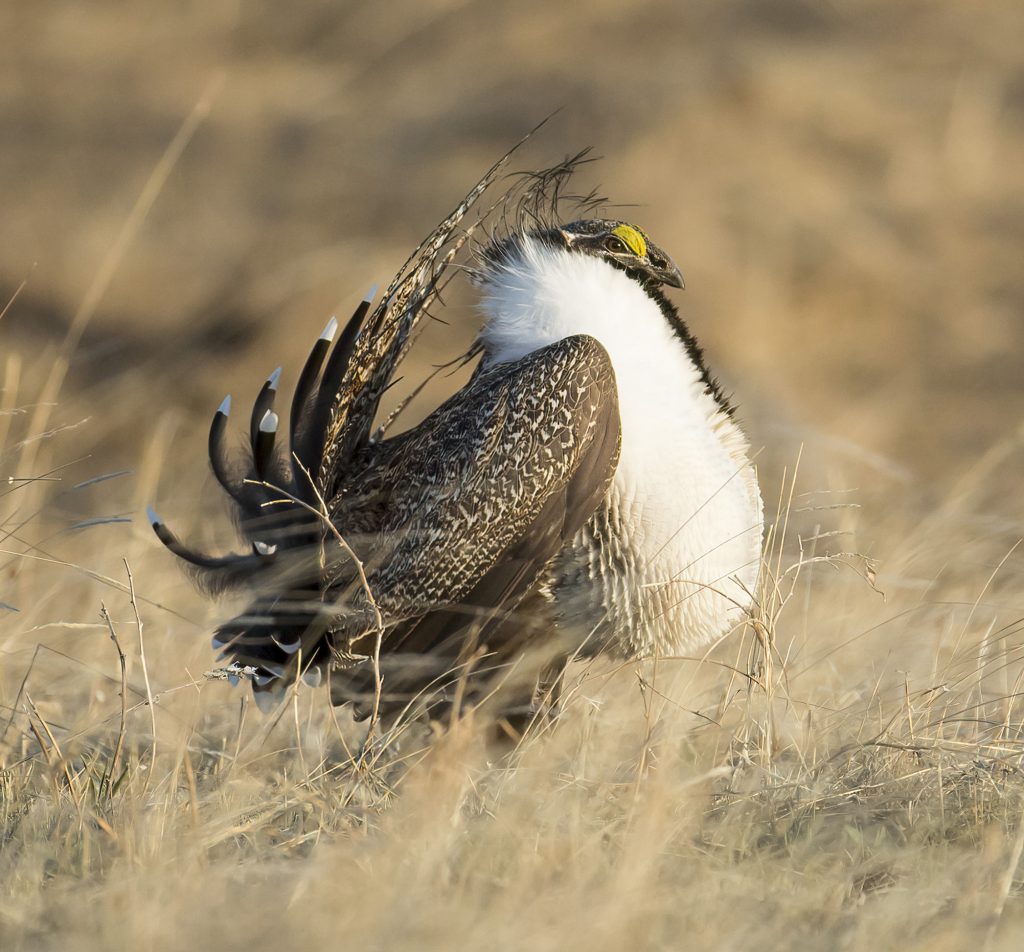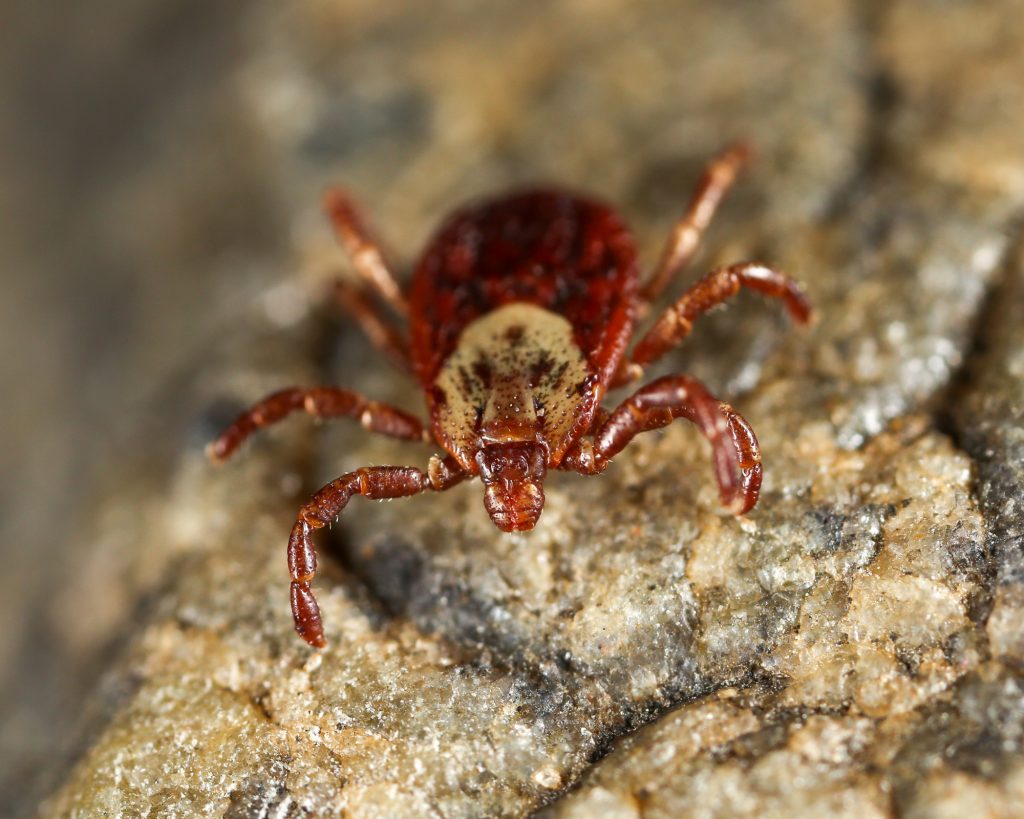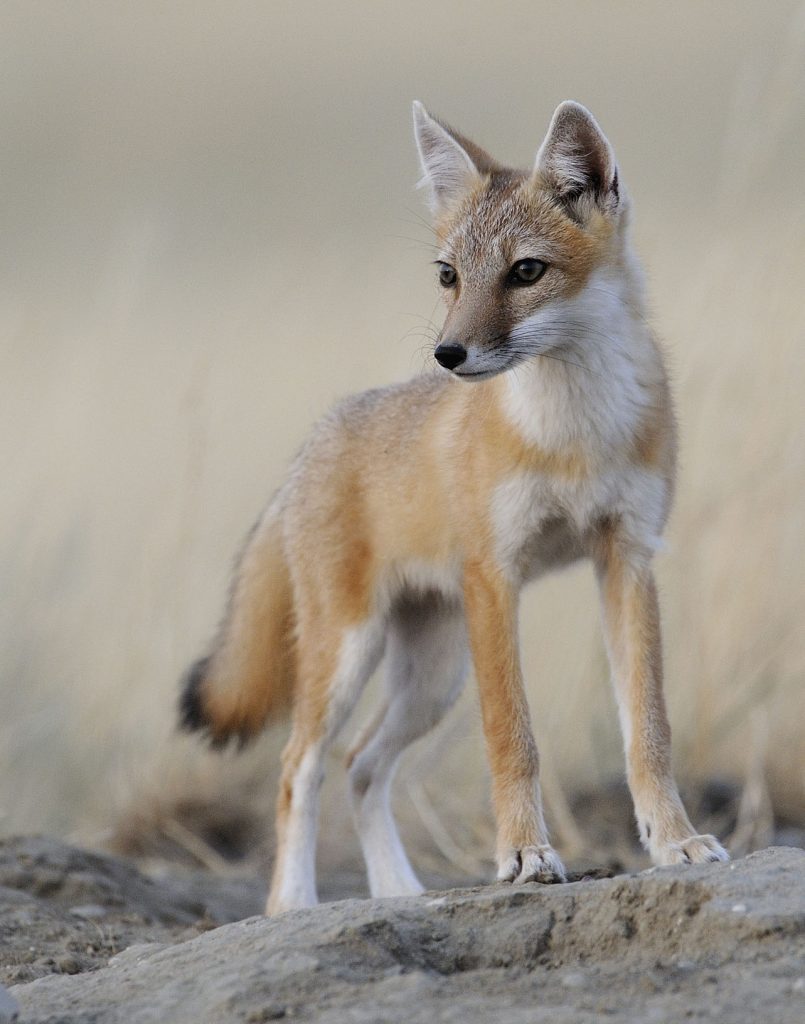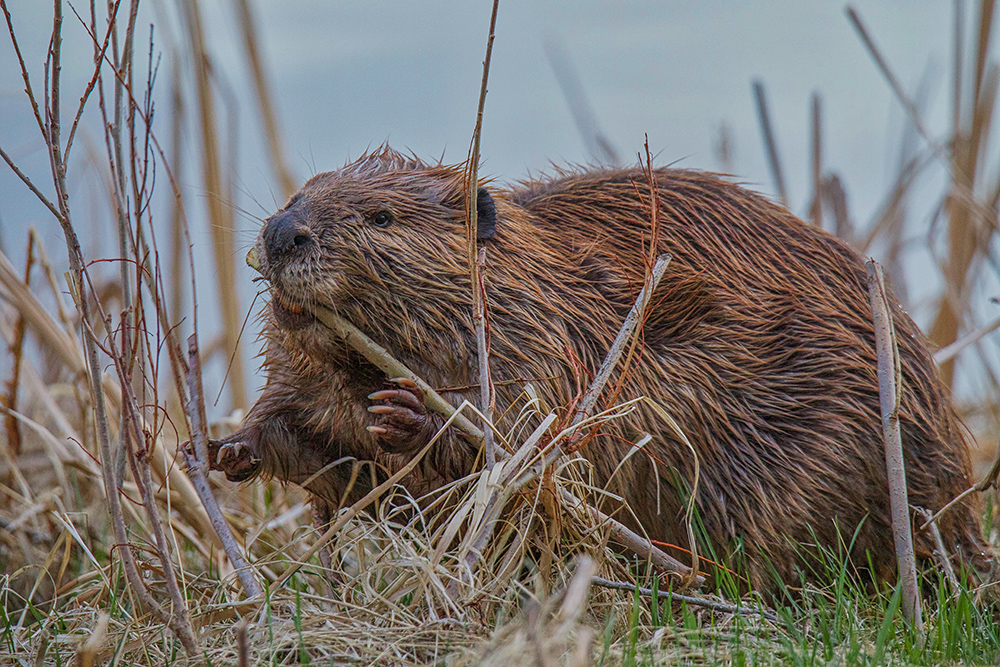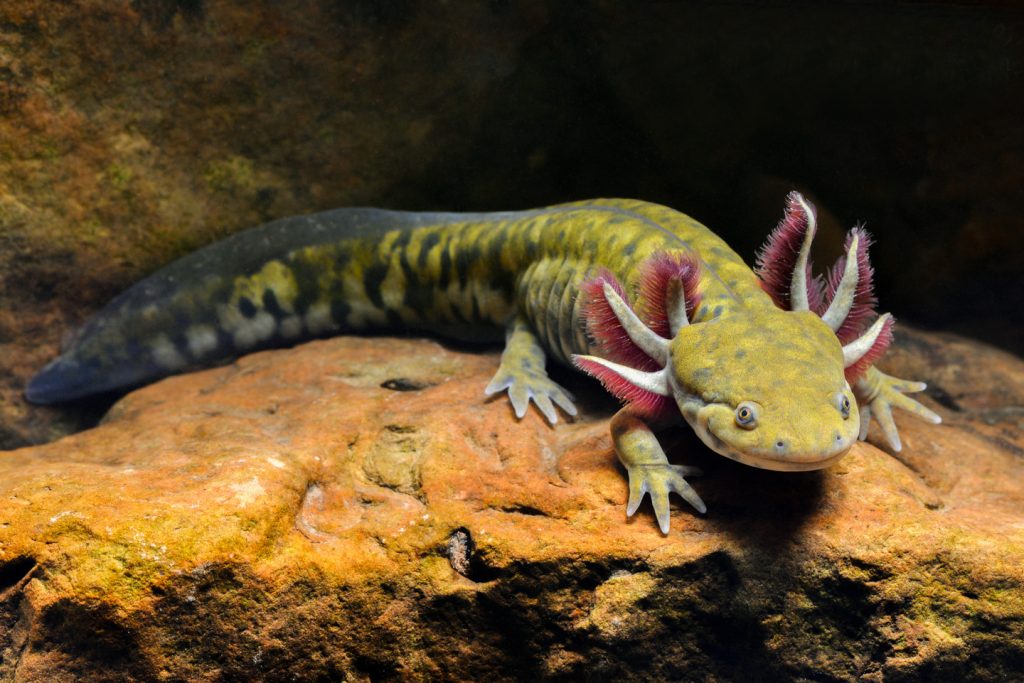Featured Species
When Bison Fly
BY WES OLSON
Wes Olson worked as a National Park Warden for Parks Canada for over three decades, and … had the rare opportunity to see bison fly — albeit by airplane and helicopter.
The Case of the Missing Prairie Bandit
BY ARYA HORON
One hundred years ago, the prairie bandit was abundant across North America grasslands. By 1979, scientists believed it was extinct. This led to the question: where did the prairie bandit go?
Read MoreBear Tracks
BY COLLEEN CASSADY ST. CLAIR
How can we protect grizzly bears from trains in the mountain parks?
Read MoreSpotting Spotted Sandpipers
BY MYRNA PEARMAN
As I approached the west shoreline, I noticed a pair of spotted sandpipers bobbing along a small stretch of beach. As I paddled closer, two little fluffballs suddenly materialized!
Read MoreDancing Without a Stage – The State of the Greater Sage-Grouse
BY TIMOTHY SHAPKA
As of 2020, the Alberta population of greater sage-grouse was estimated to be 72 individuals — down from the thousands that were present when we started keeping track in 1968. Timothy Shapka reviews the causes of the decline and what is being done to recover the species.
Read MoreMuskrats Up Close
BY TONY LEPRIEUR
Muskrats are plenty interesting swimming in the water, but it’s when they come out of the water that their personality shines.
Read MoreTicked Off
As you get ready for bed, your mind wanders and you think, “Did I lock the door? Did I turn off the stove? Did I blow out that candle…?” But did you remember to check for unwanted guests that may have hitched a ride home with you on your afternoon hike? It could be that tiny pests are ready to dig in for a feast!
Read MoreThe Swift Fox: A Canadian Conservation Success Story
BY LU CARBYN, NIKKI PASKAR, KRISTY BLY, AND RICHARD SCHNEIDER
The swift fox reintroduction program successfully brought the fastest member of the wild dog family’s population from Extirpated to Endangered, and finally to Threatened. Although it began with an illegal publicity stunt by a game farm, structured efforts soon followed. Habitat conservation continues to be a key issue for swift fox populations.
Read MoreWhere Beavers Go, Surprises Follow
BY GLYNNIS HOOD
It’s an usually warm day in January and my snowshoes are only partially necessary on the frozen ponds that aid my route through the Ministik Game Bird Sanctuary. As I rest against a beaver lodge to have my tea, I realize that after all these years, there is still so much more to learn about these rodents, which can engineer entire landscapes unlike any other mammal, other than humans.
Read MoreTiger Salamanders
BY CHERYL TEBBY
I was seven years old when I first saw Alberta’s elusive tiger salamander. Nearly six inches long and smooth, I can still remember its richly colored body: black stripes and splotches contrasted against olive green.
Read More
